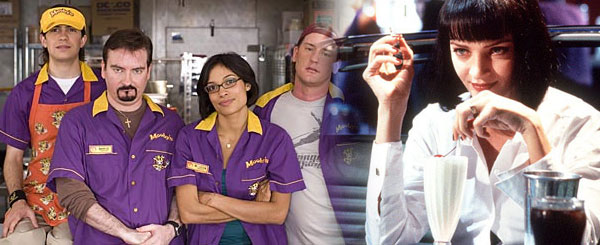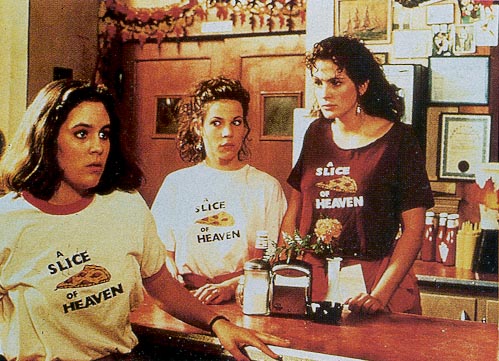On July 12, 2010, the U.S. Centers for Disease Control and research partners presented data and a press release that concluded nearly 1 out of every 25 restaurant-associated foodborne outbreaks with identified food sources  between 1998 and 2008 could be traced back to contaminated salsa or guacamole, more than double the rate during the previous decade.
between 1998 and 2008 could be traced back to contaminated salsa or guacamole, more than double the rate during the previous decade.
Today, CDC revealed there are two multistate outbreaks of Salmonella infections, each involving a different Salmonella serotype: Hartford and Baildon, and that the sick people have been showing up since April and the numbers peaked in June.
Salsa and guac must be on the CDC’s mind because they’ve fingered “a Mexican-style fast food restaurant chain, Restaurant Chain A,” as associated with some illnesses. And if it’s been narrowed to a single chain restaurant, it’s probably a supply issue; salsa safety begins with the ingredients, on the farm.
Among persons eating at Restaurant Chain A, no specific food item or ingredient was found to be associated with illness for either outbreak. The numbers of new cases for the Salmonella Hartford outbreak have declined substantially since a peak in early June 2010. The numbers of new cases for the Salmonella Baildon outbreak have declined substantially since a peak in late June 2010. The number of new cases of illness associated with these outbreak strains appears to have returned to baseline, indicating the outbreaks are not ongoing.
In both outbreaks, the FDA worked with CDC and state partners to conduct a traceback investigation. The tracebacks focused on produce that ill individuals reported eating and that had been implicated in previous outbreaks of salmonellosis. The extensive traceback effort was initiated to determine if a common source or supplier could be identified to help focus the epidemiologic investigations. No common food source was identified in either traceback. The FDA also sampled and tested produce items and did not find either outbreak strain. As with previous outbreaks in which contaminated produce may be the factor, produce tracebacks present substantial challenges because of the short shelf life of the product and the industry’s comingling of product from multiple sources.
 CDC stressed:
CDC stressed:
• There are over 2,500 serotypes of Salmonella.Hartford and Baildon are very rare serotypes of Salmonella.
• CDC used its Emergency Operation Center facilities and mobilized employee and student volunteers to conduct two large case-control studies within several weeks of each other. These studies involve calling thousands of U.S. residents to screen them for eligibility into the study and, once determined eligible, interviewing them about the foods they had eaten during a certain period. These studies are not possible unless people who are called agree to be interviewed. CDC thanks every person who participated in these telephone interviews.
• The Mexican-style fast food Restaurant Chain A, as well as their food suppliers and distributors, were very cooperative in providing extensive information to public health officials as various leads were explored.

 9: Waitress (2007)
9: Waitress (2007) 3: Mystic Pizza (1988)
3: Mystic Pizza (1988).jpg)
.jpg) Ragland writes that on Monday,
Ragland writes that on Monday,